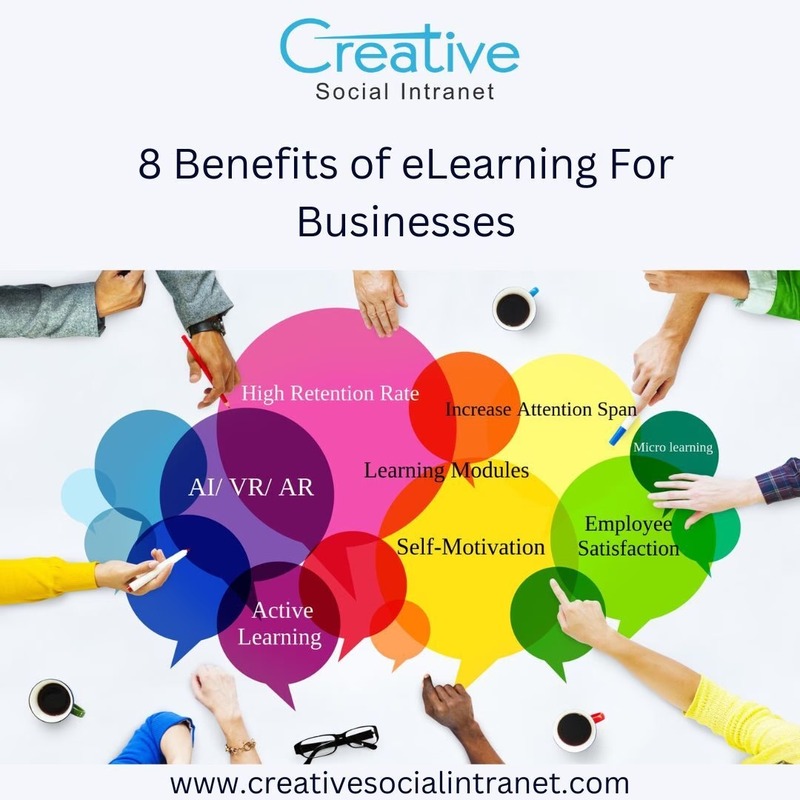What Is Microlearning: 8 Benefits Of eLearning For Businesses
Date: 08-Jun-2022

Microlearning is the process of learning material in brief chunks. Learners usually focus on one brief topic at a time and for a short period of time. This makes it much easier for students to organize, comprehend, and remember what they’re learning.
Rather than focusing on a vast amount of knowledge at once, learners may concentrate on little portions of the subject, comprehend them, and move on to the next unit.
Retention Rates Are Higher When Media-Driven Material Is Used
During lessons, microlearning delivers a visually engaging interface for students. It also includes a variety of media, such as online games, quizzes, videos, pictures, and even traditional resources like worksheets and textbooks that may be used in conjunction with the online lesson.
The Need for Self-Motivation
Microlearning and online learning need a highly motivated individual to purchase the course, create a timetable, attend courses, and pay for additional classes in the future. This implies that students will develop self-motivation and organizational abilities, which will be extremely useful in their future employment.
Advancements in Technology Have Put The World At Your Fingertips
Artificial intelligence (AI), virtual reality (VR), augmented reality (AR), phones, tablets, and wearable gadgets like smartwatches have all contributed to a surge in interest in remote learning.
Learning in Little Bits Allows Students To Learn Whenever They Choose
Microlearning, as previously said, consists of little units of material that may be completed at the learner’s leisure. The student has total control over their learning path. They can re-watch a difficult course, conduct further study, or purchase additional classes that address the topics that interest them. They can also establish their own learning objectives.
The Emphasis is on Active Learning
Instead of simply listening to and absorbing information, active learning happens when the student/user interacts with the learning material. Passive learning might include, for example, reading a textbook about investment management. Active learning would be taking a quiz about interest rates.
There is An Increase In Attention Span And A Sense of Empowerment
Learners can concentrate for an average of 10-15 minutes, according to studies, although most school and university lectures take approximately an hour. Micro-learning sessions are designed to accommodate our dwindling attention spans. An online micro-learning class lasts about 15 minutes on average. This implies that students will be totally engaged and focused for the duration of the class.
Microlearning Helps to Bridge Skill Gaps
Every day, employees are faced with deadlines, new tasks, and personal responsibilities. Due to a shortage of time, traditional employee training may overlook specific critical abilities, resulting in skill gaps. Microlearning courses, training, and classes, on the other hand, modify this. Bite-sized lessons, when prepared precisely, guarantee that an employee is completely equipped with all of the necessary abilities. They can obtain the motivation and information they need to do their jobs well, filling up any gaps in their knowledge.
Employee Satisfaction Is Improved
You don’t need a 100-page paper with critical information on how to fulfill certain duties using micro-learning courses. If the information is presented in an appealing manner, everyone will appreciate it. Employees are more likely to recall stuff that is more enjoyable to learn.
ENGAGEMENT DRIVE PERFORMANCE